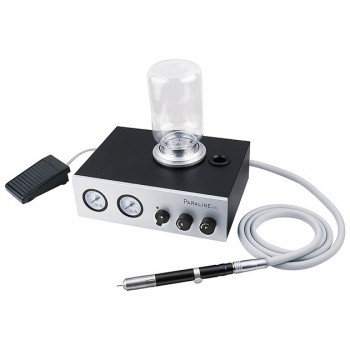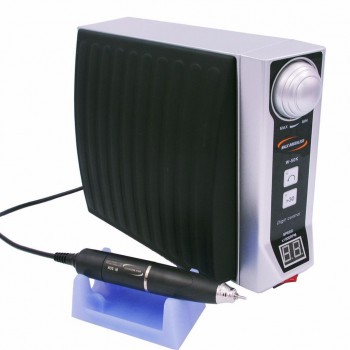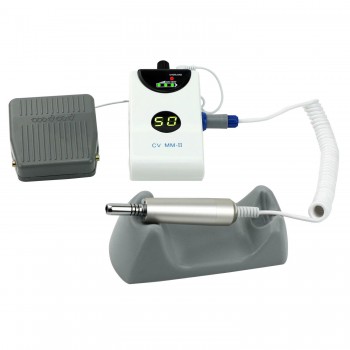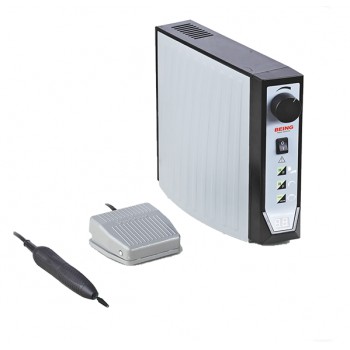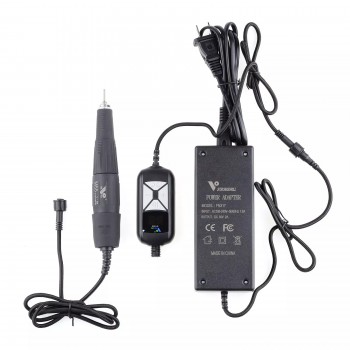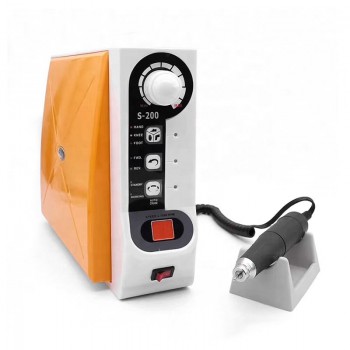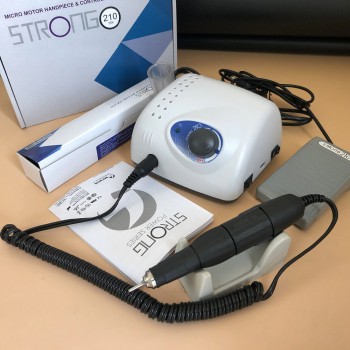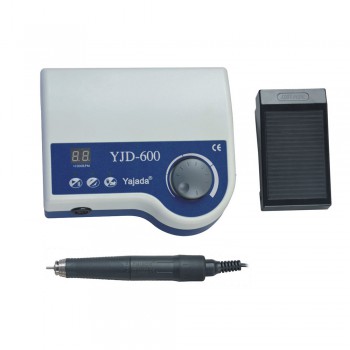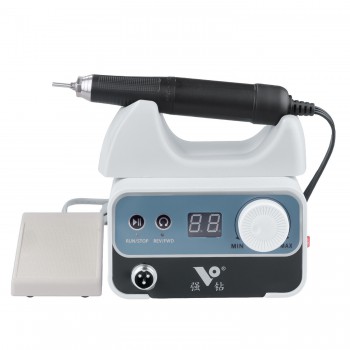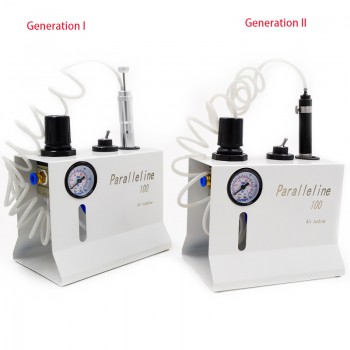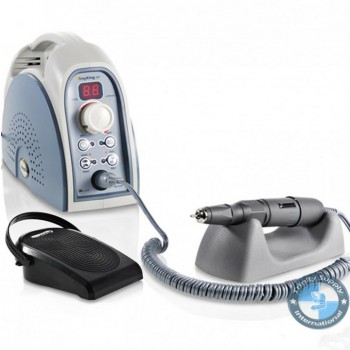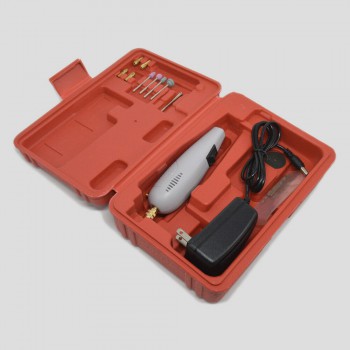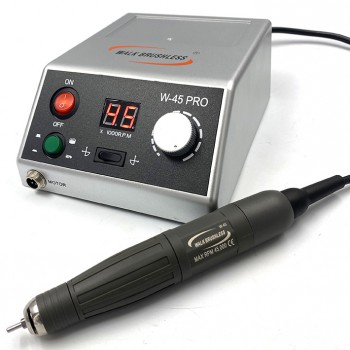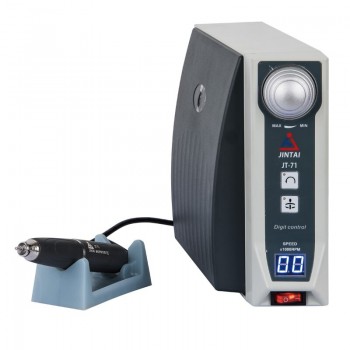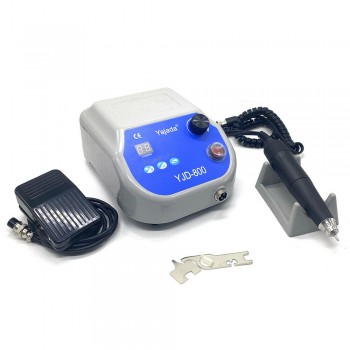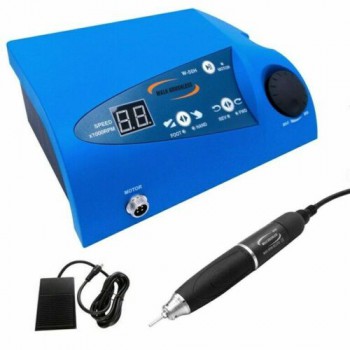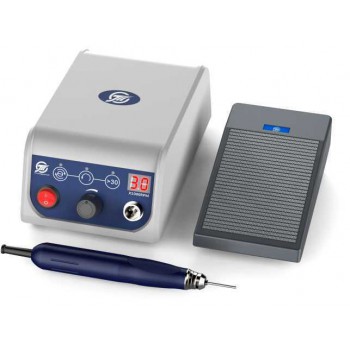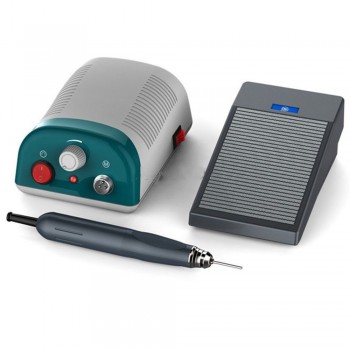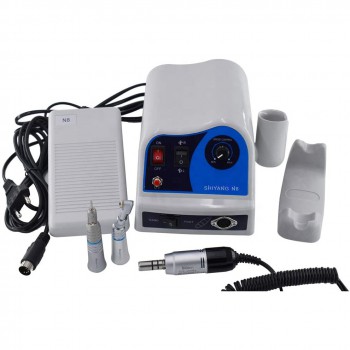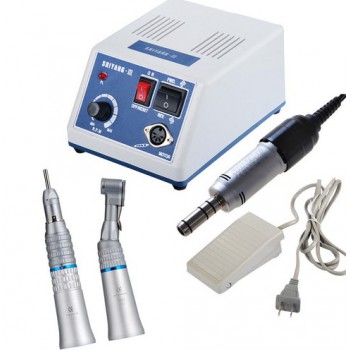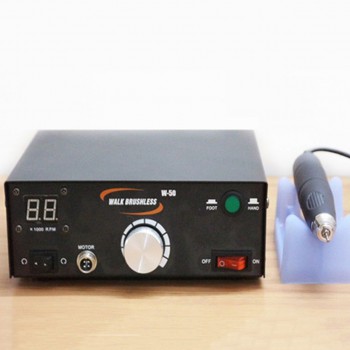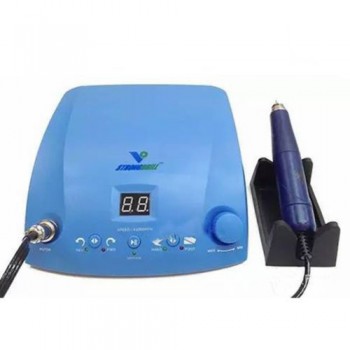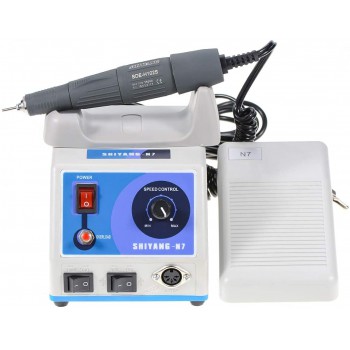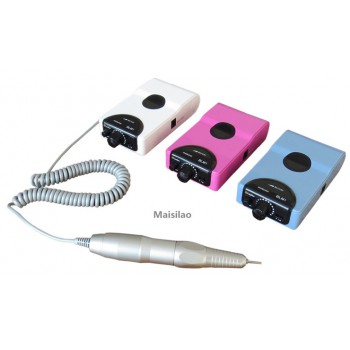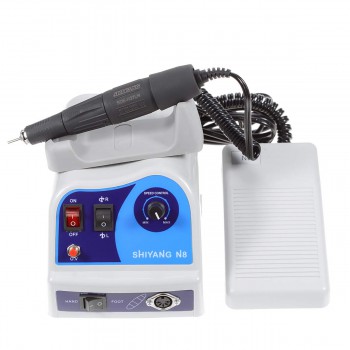Dental Micro Motor
A dental lab micro motor is a necessary for every dental clinic and laboratory and one of the most frequently used dental equipment. it is designed for working on models, finishing and polishing restorative devices, and cutting off sprues among other tasks. It can It can be used in dental, lab, jewelry, nail, engraving, orthopedics, industry market, beauty wood carving, egg carving etc. We can use the various burs according to the material and working way are available. They are compatible with various accessories, such as burs, diamond tips, polishing cups and discs., which can be easily attached and detached from the handpiece. The dental micro motor you choose is based on the materials the dental clinics and laboratory, as well as the operating system suitable for your purposes. Dental micro motors come in two different types: air-driven turbines and electric motors. Air motors drive the burs indirectly at a maximum speed of 350,000 rpm. but electric micro motors reach idling speeds of up to 50,000 rpm, and the torque ensures the burs can continue cutting at a constant speed regardless of the load or the material being used.
The dental micromotor is designed to enhance your work efficiency and precision. This compact and portable micromotor houses a powerful motor that delivers smooth and controlled speed, allowing you t tackle even the intricate taskes with ease. With its user-friendly design, it put your in complete control. Its foot pedal allows you adjust the speed effortlessly, ensuring stable performance for a variety of procedures. The compact size and lightweight construction make it easy to use in tight spaces, providing greater comfort and accuracy during delicate dental work. Do you know how to choose a dental micro motor? In my opinion, When choosing a dental micromotor, consider the features that will be beneficial to your dental clinic or laboratory. and we should take these factors into consideration including performance and power, speed control, ergonomics and comfort, noise level, durability and maintenance .etc. If you have any question in choosing polishing micro motor, please feel free to contact us our customer service.

